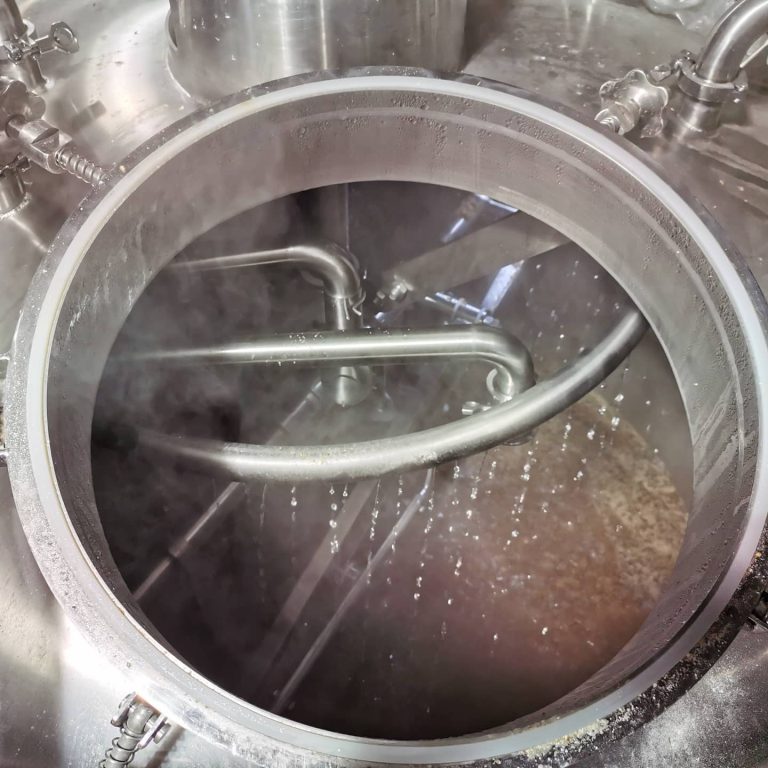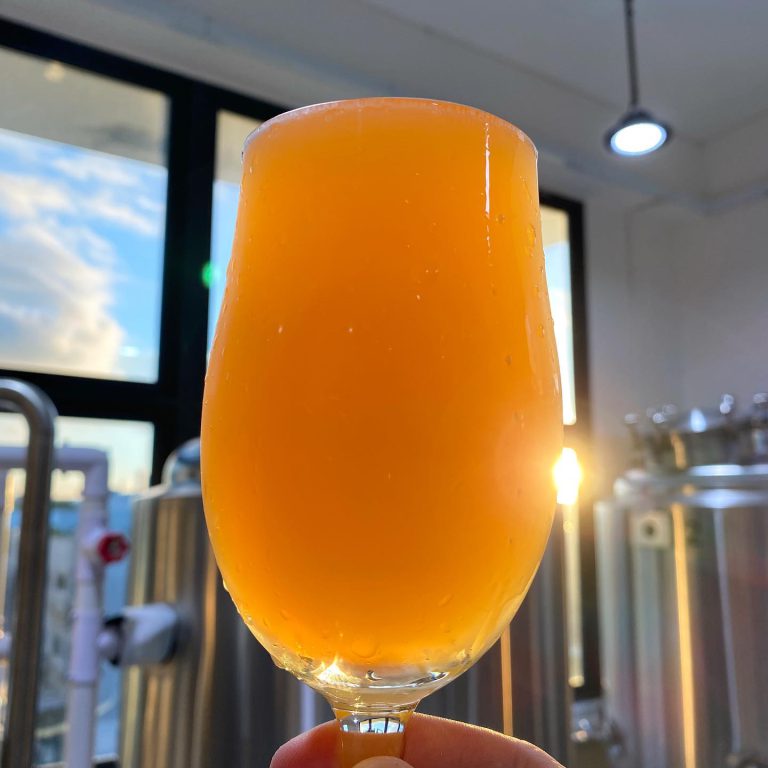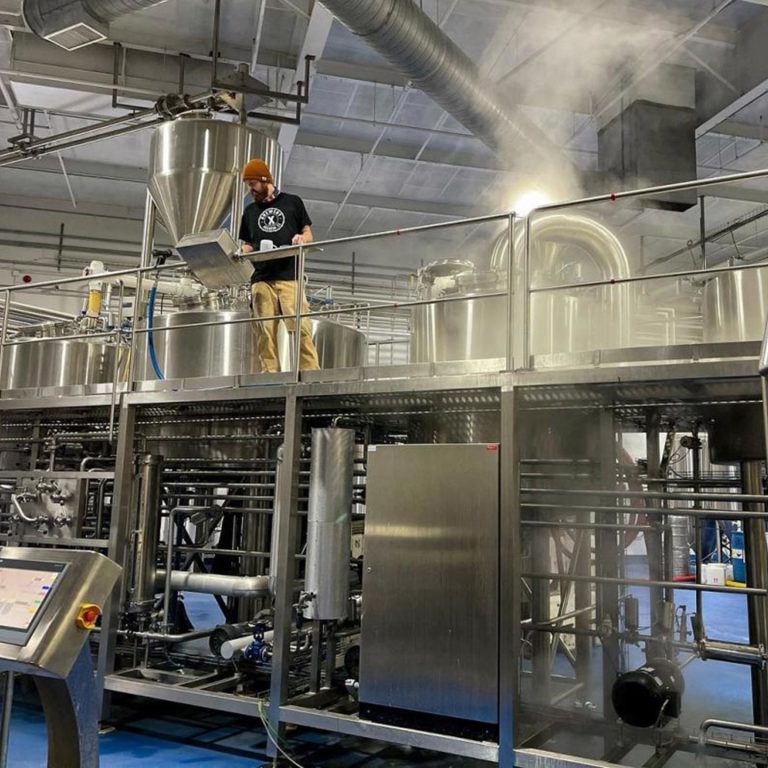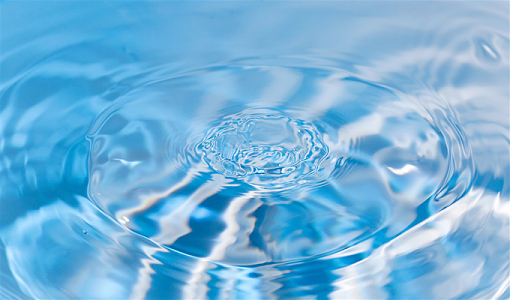
Brauwasser
Water is one of the most important raw materials in the beer brewing, and brewing water is known as the “blood of beer”. The characteristics of world-renowned beer are determined by the brewing water used, and the brewing water quality not only determines the quality and flavor of the product, but also directly affects the entire brewing process. Therefore, it is of great significance to have a correct understanding and reasonable treatment of brewing water in beer production.
Brewing water affects the beer in three ways: It affects the pH of the beer, which affects how the beer flavors are expressed to your palate; it provides “seasoning” from the sulfate-to-chloride ratio; and it can cause off-flavors from chlorine or contaminants.
In general, brewing water should be clean and free of any odors, such as chlorine or pond smells. Usually, good brewing water for conducting the mash and creating the wort should be moderately hard and have low-to-moderate alkalinity. But it depends (doesn’t it always?) on the type of beer you want to brew and the mineral character of your water.
Basically water comes from two sources: surface water from lakes, rivers, and streams; and groundwater, which comes from aquifers underground. Surface water tends to be low in dissolved minerals but higher in organic matter, such as leaves and algae, which need to be filtered and disinfected with chlorine treatment. Groundwater is generally low in organic matter but higher in dissolved minerals.
Good beer can be brewed with almost any water. However, water adjustment can make the difference between a good beer and a great beer if it is done right. But you have to understand that brewing is cooking and that seasoning alone will not make up for poor ingredients or a poor recipe.
The common conception is that the best beer is made from mountain springwater, and this is generally true, although probably not for the reasons you think. Mountain springwater (i.e., a clean surface water source) is good for brewing because it is largely mineral free, which lets the brewers add any mineral salts they feel are necessary for the beer. And that leads us to a quick refresher in chemistry.
Lons
Recall that an ion is an atom or a group of atoms that has a net positive or negative charge due to the loss or gain of an electron. The ions in brewing water are the cation (positive) and the anion (negative) components of the minerals dissolved in the water. The principal cations we’re interested in are calcium (Ca+2), magnesium (Mg+2), and sodium (Na+1). The principal anions are bicarbonate (HCO3–1), sulfate (SO4–2), and chloride (Cl–1).
The calcium cation is the principal ion that determines hardness. It promotes clarity, flavor, and stability in the finished beer. The magnesium cation also contributes to hardness and affects the mash pH, but to a lesser extent than the calcium. The sodium cation doesn’t contribute to water hardness. In small amounts (<100 ppm) it is benign, but at larger concentrations, it can cause the beer to taste minerally or metallic.
The carbonate family of ions is the big player in determining brewing water chemistry. Carbonate (CO3–2) and bicarbonate determine the total alkalinity of the water and raise the pH of the mash and beer. The sulfate anion accentuates hop bitterness, making it seem drier and crisper. It’s weakly alkaline but doesn’t contribute to the total alkalinity.
![]()
The chloride anion acts to make the beer seem fuller and sweeter. It has the opposite effect of sulfate. In fact, the sulfate-to-chloride ratio is a good way to gauge the effect of the brewing water on the balance of the beer. For example, a sulfate-to-chloride ratio of 2:1 or higher will tend to give the beer a drier, more assertive hop balance, while a beer with a ratio of 1:2 will tend to have a less bitter, rounder, and maltier balance. However, this effect is just like salting and seasoning your food; it helps accentuate the flavors that are there but will not fix a bad recipe. Finally, you should understand that chloride is not the same as chlorine, which is used as a disinfectant. The concentrations of each are unrelated to the other.

Hardness and Alkalinity
Water hardness is defined as the amount of dissolved calcium and magnesium in the water. Hard water has a lot of calcium and magnesium; soft water doesn’t. Water softeners work by chemically replacing the calcium and magnesium in the water with sodium or potassium.
And here is the problem for brewers: recall that I said earlier that good brewing water should be moderately hard. It should have a minimum level of total hardness of about 150 ppm as calcium carbonate (CaCO3). Water softeners remove the hardness but leave the alkalinity behind.
Hardness and alkalinity are opposites. While hardness is calcium and magnesium concentration, alkalinity is carbonate and bicarbonate concentration. Alkaline water is high in bicarbonates. The alkalinity in water acts to raise the pH of the water and the beer, and this can be a problem for the beer flavor, especially for the paler styles.
However, the pH of the water isn’t what really matters. What really matters is the chemistry of the mash and wort. The grain bill can significantly affect the pH of the mash. For example, using dark roasted malts in the mash can neutralize alkaline water to achieve a proper mash pH.
So while knowing the water pH is slightly useful, the mineral composition of the water—and its effect on the wort and beer pH—is most important. Higher beer pH makes the beer taste dull. (Try adding half a spoonful of baking soda to a glass of tomato juice to taste the effect.) Low beer pH attenuates the beer flavors, and the beer will lose complexity.
How much alkalinity is high? Generally, high alkalinity is anything greater than 100 ppm as calcium carbonate. However, alkalinity greater than 50 ppm can be considered high for extract brewing because you are rehydrating a dehydrated wort that already has minerals and alkalinity in it. The alkalinity in your water will add to what’s already there.
Here is the bottom line: If your water is softened or highly alkaline, you should not use it for either extract or all-grain brewing. The alkalinity of water can be reduced by aeration and pre-boiling or by diluting it with distilled or reverse-osmosis water.
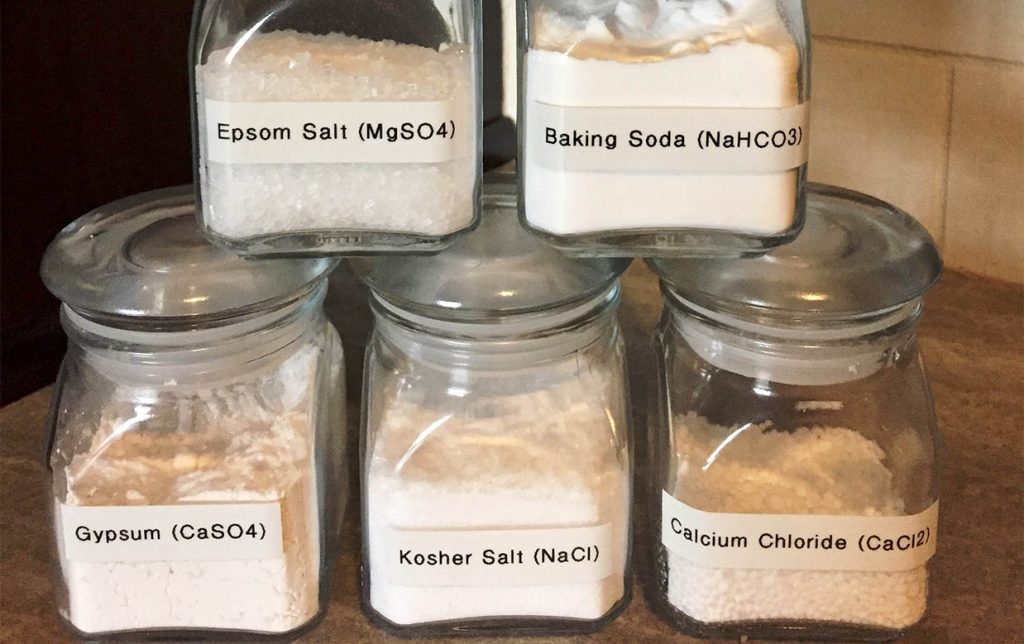
A Word to the Wise
Historically, many famous beer styles were developed in conjunction with the water from the region, but you need to understand that brewers have been adjusting their water for hundreds of years. For instance, the water of Pilsen (where Pilsner originated) is very soft, free of minerals, and very low in bicarbonates. Brewers in this region typically added salts to raise the hardness in the water. On the other hand, brewers in Burton-upon-Trent (famous for its IPAs) frequently pre-boiled their water to reduce the hardness.
So don’t assume that you have to use the exact water profile that you find on the Internet for Dublin, Ireland, if you want to brew a good stout. The water profile for a famous brewing city may be a step in the right direction, but do your research and find out how the brewers of that region/style actually used the water to brew their beer.
Water Report
How do you know your water’s alkalinity and hardness? Often that information is contained in your city water report. Water reports are primarily concerned with testing for contaminants, so you will usually find Total Alkalinity and Total Hardness numbers in the Secondary Standards or Aesthetic Standards section. As a brewer, you generally want to see Total Alkalinity less than 100 ppm and preferably less than 50 ppm, but that is not very likely. You will typically see Total Alkalinity numbers between 50 and 150.
For Total Hardness, you generally want to see a value of 150 ppm or greater as calcium carbonate. Preferably, you would like to see a value greater than 300, but that is not likely either. Typically, you will see total hardness numbers in the range of 75 to 150 ppm because water companies don’t want carbonate scale in their pipes. In fact, almost every city’s tap water, everywhere in the world, is generally going to be higher in alkalinity and lower in hardness than we would prefer for brewing.
You can also test your brewing water for total alkalinity and total hardness by using a water test kit, such as the Lamotte BrewLab. These are simple drop-test kits similar to what you would use for a swimming pool.
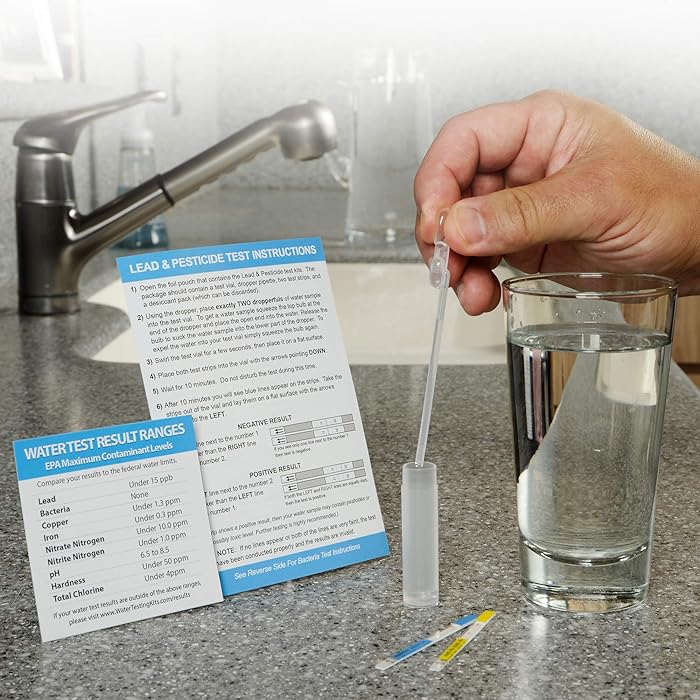
What You Can Do
Once you have your water’s information, you can calculate how much of what to add. A common practice is to start with a low hardness, low alkalinity water source and add brewing salts to the mash and/or kettle.
For hoppier beer styles such as American Pale Ale or American IPA, you can add calcium sulfate (gypsum) to the water to make the beer taste drier and have a crisper, more assertive bitterness. For maltier styles, such as Oktoberfest or Brown Ale, you can add calcium chloride to the water to make the beer taste fuller and sweeter.
Generally, you don’t want to exceed 400 ppm for sulfate or 150 ppm for chloride. Sulfate and chloride are the seasoning for your beer, and their ratio will affect the flavor balance to a large degree. A hoppy beer will generally have a sulfate-to-chloride ratio of 3:1 or higher, and you don’t want both of them to be at their maximum because that will just make the beer taste like mineral water.
